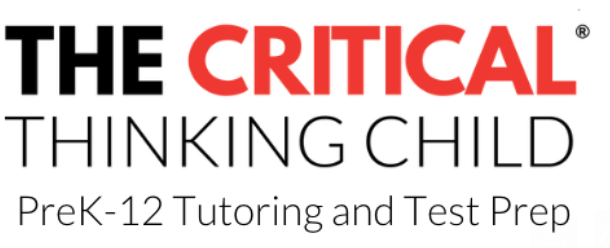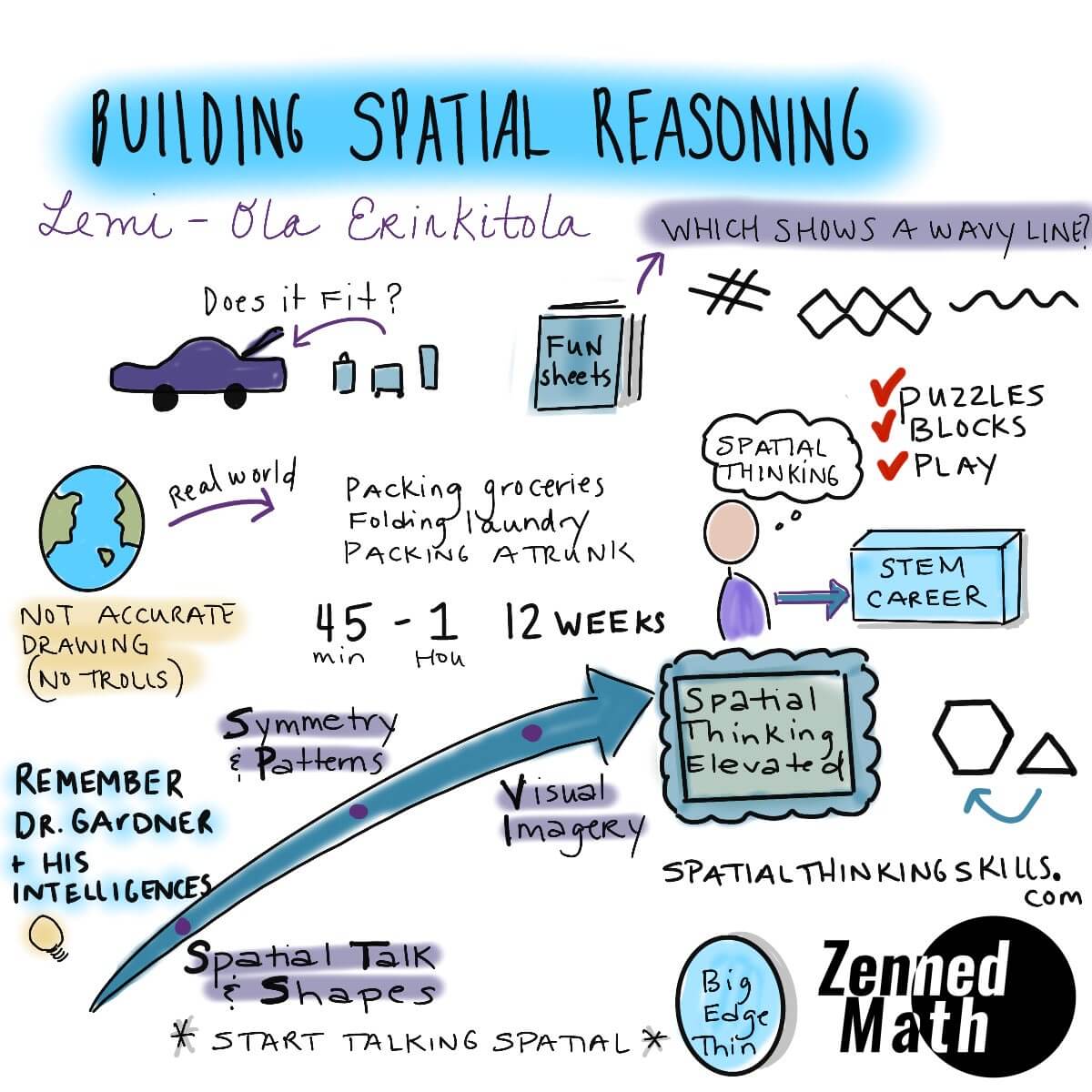Spatial thinking is one of those phrases that shows up often in the world of cognitive science. If you have a child in pre-K or elementary school, odds are their teacher may have heard of the term. But what is spatial thinking and why is it so important?
What is spatial thinking?
Spatial thinking consists of two components: first, creating mental images in our heads and being able to adjust them as necessary. Second, transferring these skills to our external environment (think of activities like reading a map, packing a suitcase, or merging onto the highway).
Why does it matter?
Spatial thinking is so important that it’s a critical piece of The Critical Thinking Child’s SMART TAP learning program (it’s the S!). Not only are the practical applications, like navigating a crowded room, nearly limitless, but strong spatial thinking skills are an indicator of school readiness and help students learn math skills.
Math performance and spatial thinking are closely linked, and spatial skills are strong predictors of success in STEM (Science, Technology, Engineering, and Math) courses. In fact, The National Council of Mathematics (NCTM) recommends that spatial thinking be a large part of the pre-K through 8th grade math curriculum.
So, the next time your child is struggling with basic math, consider taking a step back and building on spatial skills. Here are some strategies to help develop strong spatial thinking skills:
Practice Spatial Talk
The first step in developing spatial thinking skills is simple: talk! Dr. Susan Levine, from the University of Chicago, defines spatial vocabulary as “the ability to use spatial words for shapes and sizes, form a mental picture of shapes, and transform or rotate them mentally.” In short, if your child can talk about what an object looks like and how it behaves, then odds are they’re building spatial skills.
Some terms that math teachers use include thick, vertical, straight, or curvy to describe shapes. They might use words like turn, flip, and slide to describe how shapes are moved. Shapes can be described with edges, sides, and corners.
These are words that you can use at home as well to develop your child’s vocabulary. The next time you’re playing with your child, try to incorporate some of these words. This is particularly useful during common activities, like cooking or cleaning, where there are many interesting shapes being handled. The more you and your child talk about shapes, the more content they’ll internalize.
Play with Shapes
Once you’ve practiced spatial talk and vocabulary with your child, it’s time to move onto the fun part: structured play! Through puzzles and block play, your child can hone their spatial orientation (what Dr. Levine defines as knowing where you are, how to get around, and the relationships between different positions in space).
This playtime can have incredible benefits. One study showed that 6 -to 8-year-old children improved their accuracy on calculation problems such as 3 + ___ = 10 after having practiced mental rotation for just 45 minutes. Mental rotation involves showing how a shape would look if it were flipped over or turned on its side. In contrast, children who practiced crossword puzzles saw no such improvement. (Cheng and Mix, 2014).
Another study found a relationship between construction skills found through games like jigsaw puzzles and blocks and success in solving math word problems (Nath and Szucs, 2014). These studies just reinforce why spatial thinking is so important in developing students’ academic skills.
Odds are, your child already loves to play with blocks or puzzles. You can ramp up their spatial learning by inserting a few key questions into their playtime. Questions like:
- What patterns or shapes are you looking for?
- What kind of piece might connect?
- What shapes or colors will match up?
- What other colors/lines/shapes do you need?
- What shapes, colors, and lines are the same?”
These questions and activities will really get children thinking about how shapes and patterns go together and help them develop their spatial thinking skills while having fun!
Continue to Work on Spatial Thinking Skills
Spatial vocabulary and shape play are just the beginning, but they can help provide a solid (and fun!) foundation for your child that will benefit them for years to come. The activities are simple and can be integrated into what you’re already doing, making it simple to play an active role in your child’s success.



